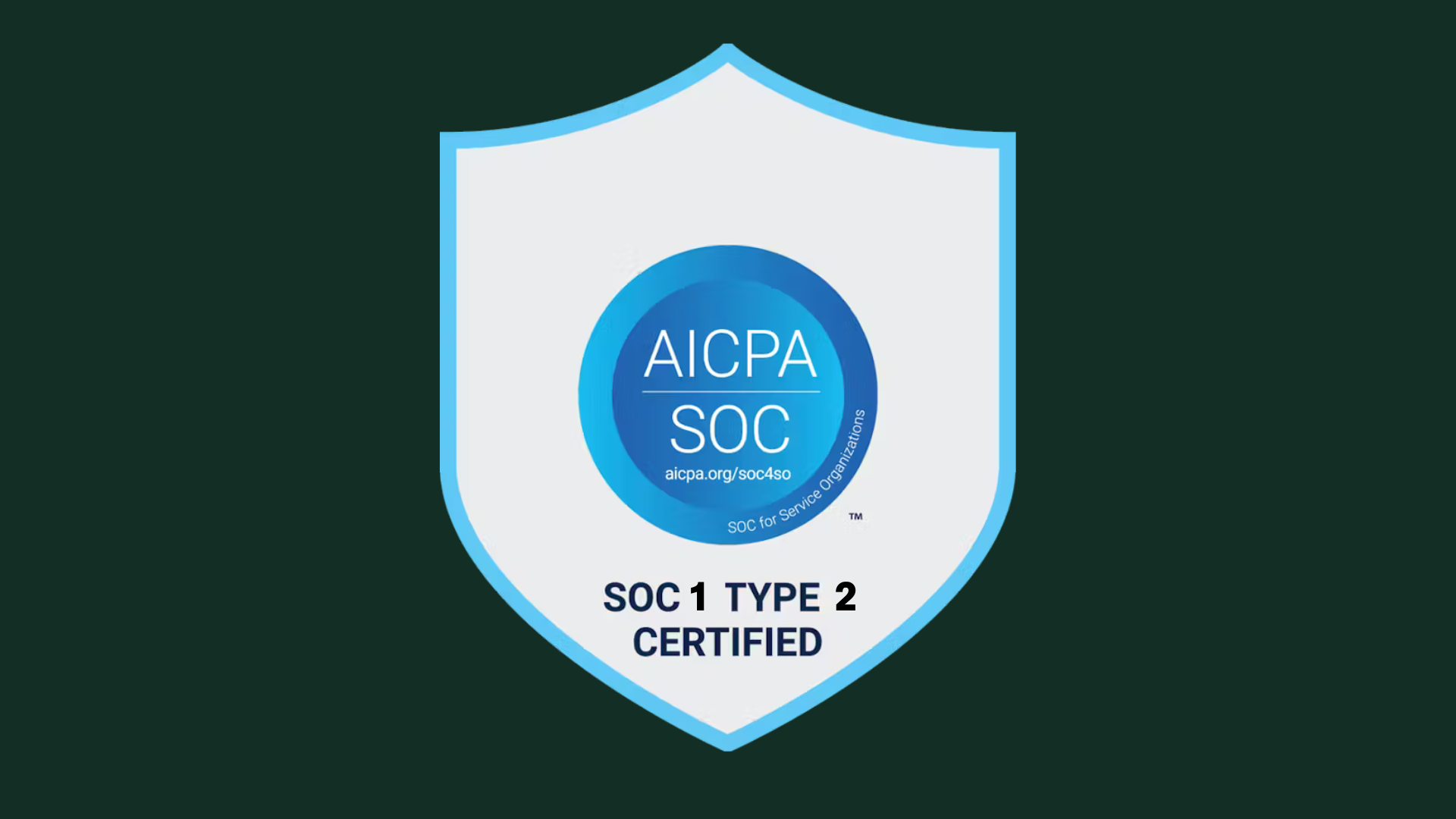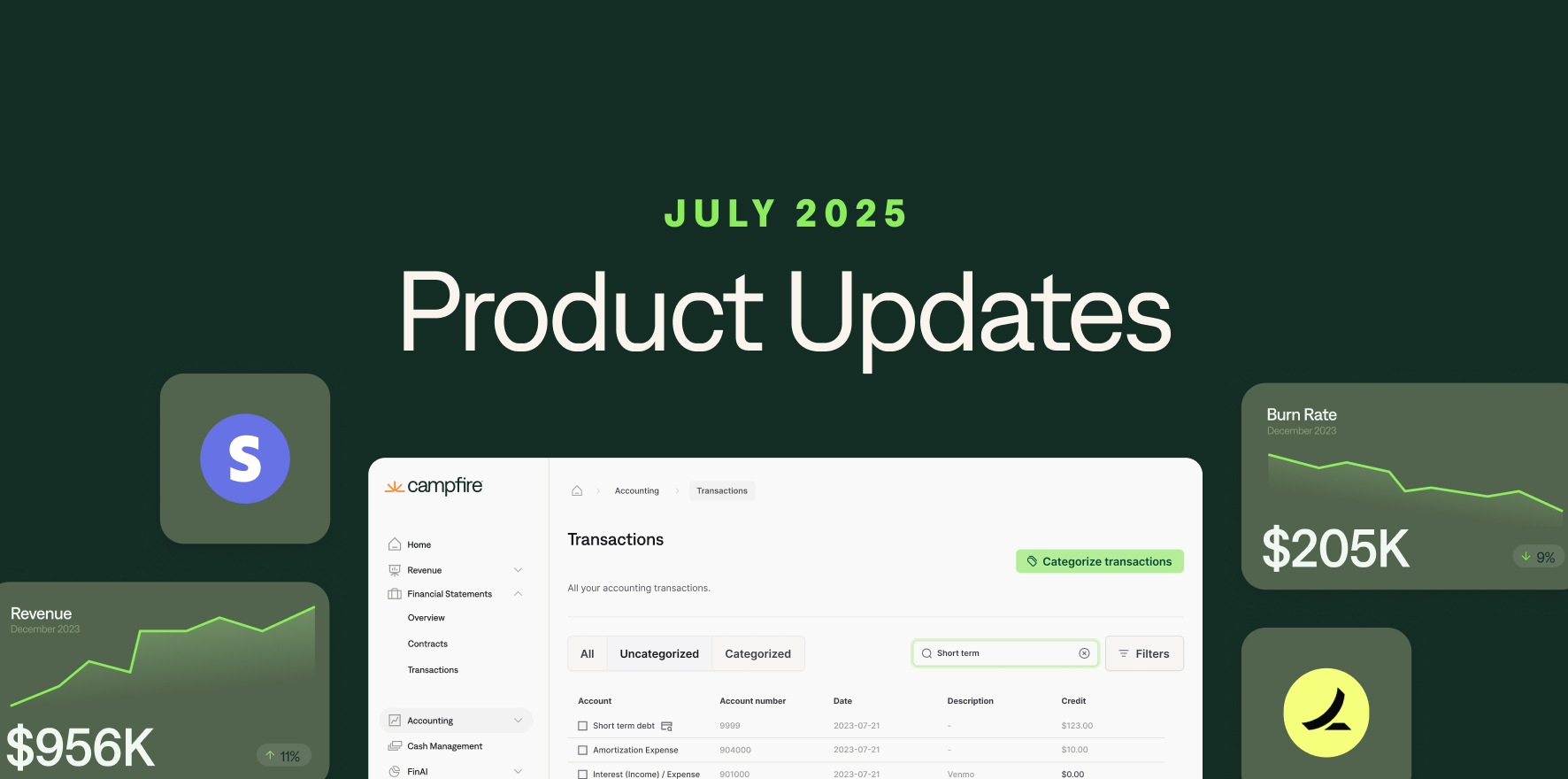8 Tips to Refine Your Close Checklist in 2025


All corporate accountants perform a monthly accounting close. However some are more efficient than others - saving valuable time to instead be spent on more important work, or get their nights and weekends back during close week.
A major part of speed to close is the close checklist - a comprehensive list of actions to be completed for a successful close. However it’s much more complex than just a list. It’s a methodically planned timeline of actions to finalize an accounting period and report financial data to stakeholders.
We spoke to top corporate accountants at high-growth tech companies about tips on how to optimize a close checklist. Here’s what we heard:
Always optimize for perpetual acceleration
It’s important to differentiate between one-time acceleration events and ongoing, perpetual acceleration.
One-time acceleration refers to situations like fundraising or a bank audit where you need to get everything done as quickly as possible for a specific event or milestone, often outside of the regular close cycle. For example, needing to close quickly before a board meeting.
Aim for one-time acceleration by clearing your calendar of all non-critical meetings, and potentially working late to complete tasks faster than a normal close process. Re-inventing processes or implementing new systems doesn’t make sense in this scenario, it’s all about hustling to complete the close faster.
Perpetual acceleration is about shaving off time from the close process over the long term. The goal here is not to rush but to create a more efficient process that consistently closes faster with every cycle. This might involve leveraging the time leading up to the close (day -2, day -1, day 0) and using software to speed up tasks. Many accountants have an objective to close within a specific number of business days or shave a specific number of days off of their close. Example: shave two days off of our close by the end of 2025.
Aim for perpetual acceleration by improving workflows, systems, and pre-close preparations, even if you're not under immediate pressure to close faster. This is what will allow you to close on a consistent and ongoing basis.
Collaborate on your checklist with your Finance team
Having clear, consistent communication with your finance team is crucial to coordinating and aligning on key responsibilities and due dates across teams. Getting ahead of anticipating challenges and adjusting the timeline as needed will save time and reduce stress down the line.
Coordinating your close checklist across teams ensures stakeholders are aware of report delivery timelines, and can help anticipate challenges and adjust timelines as needed.
Use pre-close time as productively as possible
Maximizing time before the official close date is crucial to shortening the overall cycle. By leveraging pre-close time, tasks that are usually saved for the end of the month can be moved into the month.
Focusing on tasks like weekly bank reconciliations or data gathering ahead of the official close period can help shave off days when the formal close starts. The goal is to minimize the work that is performed once the close clock starts. This also allows you to complete tasks more accurately and more thoughtfully without the time crunch.
By being proactive with your pre-close tasks to minimize bottlenecks later in the cycle. Look for opportunities to shift tasks forward by a day or two.
Understand your materiality thresholds
As you try to accelerate the close, it's critical to understand materiality thresholds—what numbers are "material" and what can be estimated. For example, some expenses (like legal costs or marketing spend) may not need to be fully verified in real-time if they are immaterial to the final financial picture.
Be comfortable making estimates (accruals) for recurring expenses (e.g., legal or investment interest) and adjust them later if needed. Waiting for every last piece of data can unnecessarily delay the process. Setting thresholds for what’s considered "material" will help avoid spending too much time chasing perfection. For instance, if you're comfortable with a $1,000 variance in certain categories, it’s okay to estimate or adjust in future periods, especially if you typically report quarterly and you’re still in the quarter.
Adopt flexible materiality thresholds, allowing the team to focus on what's most impactful for the business, instead of getting bogged down by minor details.
Balance speed with accuracy
While speeding up the close process is desirable, it’s crucial to strike a balance between efficiency and accuracy. A rushed close may lead to errors, and accuracy should never be sacrificed for speed.
For example, ensuring accuracy of customer contract and revenue data or estimating accruals should be done with care. The higher visibility of an item (large customer contract vs. one laptop depreciation) the higher level of accuracy and attention should apply. Closing faster should not result in having to "guess" on key numbers or skip essential calculations.
Prioritize accurate financial reporting even when aiming for a quicker close. Use estimates where appropriate but ensure that the underlying data is solid.
Get creative with overcoming external delays
Sometimes, external factors can delay the close process—such as waiting for bank statements or investment interest figures that don't come in until later in the cycle.
When this happens, consider creative workarounds, such as pulling preliminary data from bank statements or obtaining estimates from vendors (e.g., legal or consulting costs).
This is called a “soft close” - generating preliminary reports based on estimates, then adjusting once final numbers are available. Opting for a soft close can be especially helpful when you're on a tight timeline.
Don’t let external delays prevent progress. Use preliminary data or estimates to keep moving forward, then adjust as necessary when final information arrives.
Consider software as your close increases in complexity
For companies still relying on spreadsheets or basic project management tools (like Monday.com or Airtable) to manage their close checklist, it’s important to know when to make the shift to specialized software.
Spreadsheets are great for small teams or early-stage companies, but as you scale, manual tracking becomes unsustainable and difficult to audit. Spreadsheets aren’t ideal for managing multiple subsidiaries or ensuring compliance with SOX or other internal controls.
Dedicated close software like Flowcast, Blackline, Campfire, or Numeric offers more robust features for managing a complex close process, including automated workflows, checklists, and audit trails. These tools can also help manage compliance and provide more visibility across multiple teams and locations.
Justify the investment in software by finding a tool that provides automation, while integrating with your existing systems, meeting your compliance needs, and saves time and avoids additional headcount.
Just get started!
Above all else, it’s important to just get started! Start your checklist by drafting a list of every action you take during the monthly close. Understand the order of operations of your actions, and try to frontload as much work as possible.
Here’s a downloadable template to help you kick things off.
—-
More ideas on how to streamline the close process?
Write to us at [email protected].


